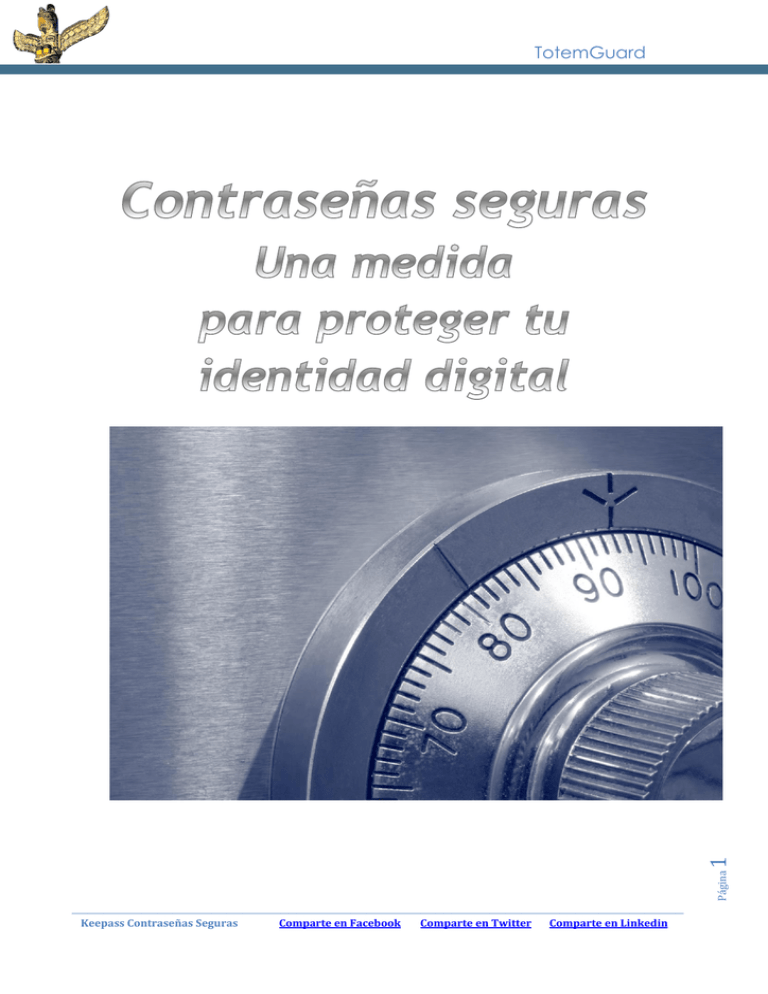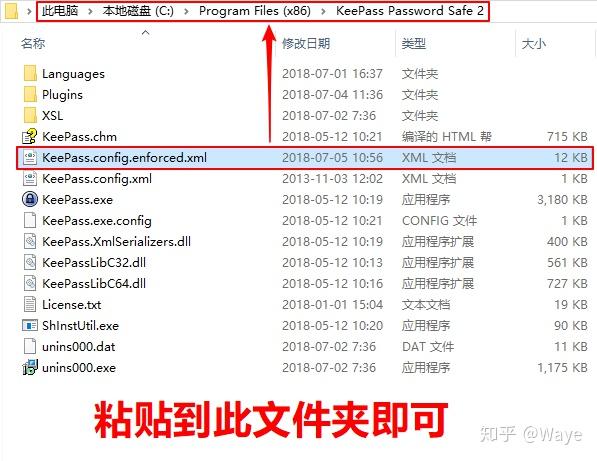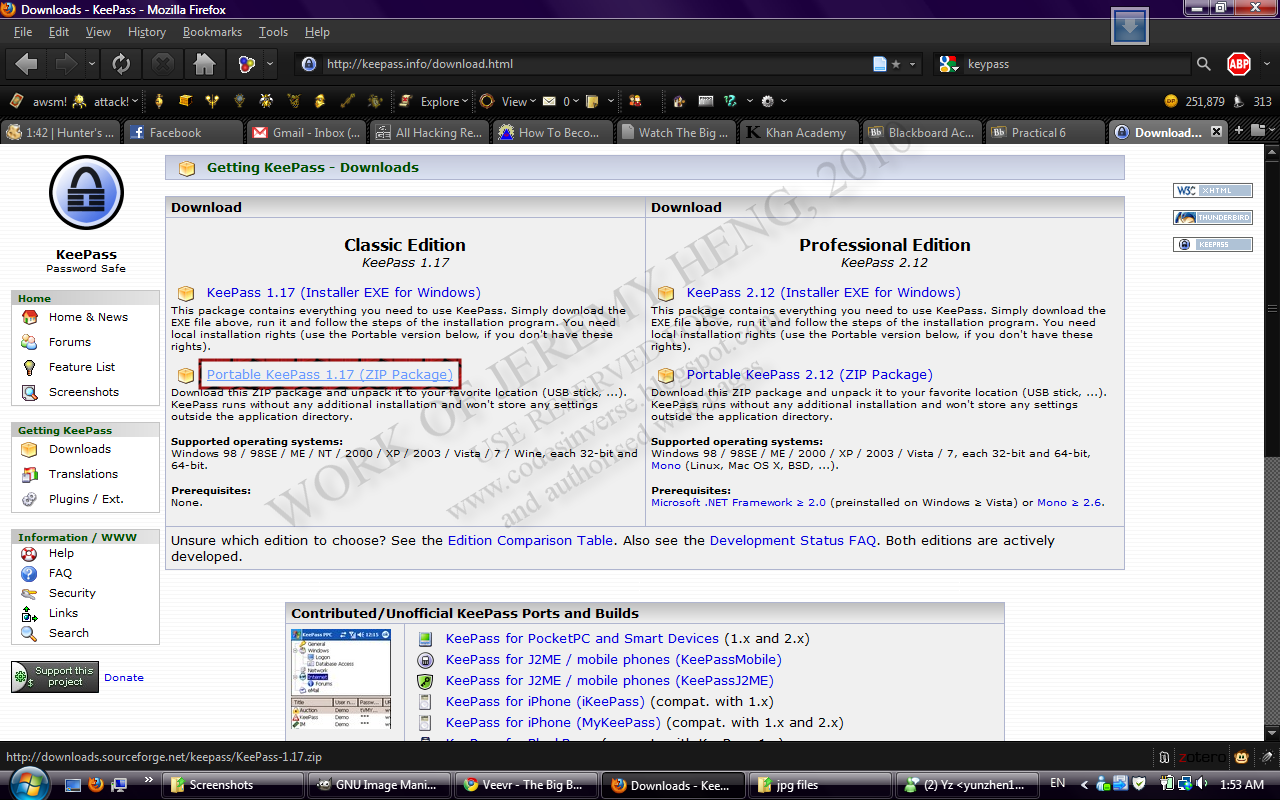

- #KEEPASS 1 VS 2 INSTALL#
- #KEEPASS 1 VS 2 GENERATOR#
- #KEEPASS 1 VS 2 UPDATE#
- #KEEPASS 1 VS 2 FULL#
- #KEEPASS 1 VS 2 WINDOWS 10#
Hopefully, you should be able to import your existing passwords during setup, as adding new credentials must be done manually.

#KEEPASS 1 VS 2 UPDATE#
KeePass doesn't integrate with your browser to capture login credentials as you create or update them.
#KEEPASS 1 VS 2 GENERATOR#
The password generator gives you a ridiculous degree of control, with nine option toggles for different types of characters to include, the ability to exclude any specific characters you like, control over the length with no apparent upper limit and the ability to bring in custom password-generation algorithms.

#KEEPASS 1 VS 2 FULL#
Tap on the key with the sun next to it to see additional password options or to jump into the full password generator. You don't need to customize anything, but the fact that you can is just one example of the flexibility of this very simple-looking app.īy default, new entries automatically self-populate with a new password 20 characters in length. Entries are highly customizable – you can create a title, an icon, custom foreground and background colors, tags, URLs to specify which browser should open them and auto-type settings to handle sites with non-standard forms. To create a new entry, either type "Control + I" or tap the icon of the key with a green download arrow on it. You can drag and drop any set of credentials into any group and you can create, edit and delete groups. By default, the application creates General, Windows, Network, Internet, eMail and Homebanking. You can create groups to sort your login information. The KeePass desktop interface looks like a standard file-manager window, with your database(s) on the left and the data on the right. I'll cover that here and will address plugins in a later section. The core KeePass application offers just the password-manager basics. While some other password managers, such as 1Password, have a bit of a utility feel to them, KeePass feels like a utility from the late '90s. KeePass is functionally solid, but you definitely get what you pay for with the user interface and experience. I opted for Keepass2Android Password Safe on Android and Strongbox on iOS. Check the downloads page or search the iOS and Android app stores for KeePass, and you will find several choices.
#KEEPASS 1 VS 2 INSTALL#
Support for a number of cloud-syncing services, including Dropbox, Google Drive and Microsoft's OneDrive, are available via plugins.įinally, you will want to install one of the unofficial mobile apps. If you want KeePass to sync your passwords across your various devices, you'll need to determine which cloud service or personal server you are going to use. You can also opt for KeePass Portable, a version that can be installed on a USB stick and plugged into a PC, Mac or Linux box. If you are on any other platform, scroll down to the "Contributed/Unofficial" KeePass Ports and KeePass Packages sections to find your OS. You'll need to download a KeePass version on the "2.x" development path. MacOS and Linux are officially supported, but installing KeePass requires installing the supplemental platforms Mono and XQuartz and a bit more tinkering right off the bat. Just hit the Download Now link on the Installer for Windows, and you'll have a choice between the 1.x and 2.x development streams. If you are running Windows Vista, 7, 8, 8.1 or 10, then this will be smooth sailing.

Your first step is a visit to the KeePass downloads page. Google Chrome was my primary browser across all platforms but testing on macOS and iOS was also done with Safari.
#KEEPASS 1 VS 2 WINDOWS 10#
Browser extension plug-ins are available for Google Chrome, Mozilla Firefox, Microsoft Internet Explorer, Apple Safari and Opera.įor this review, I used KeePass on a 2017 MacBook Pro 15 running Windows 10 and macOS 10.14 Mojave, an iPhone 7 Plus, and a Google Pixel 3. However, if you visit the downloads page for KeePass you will see more than 30 additional versions of KeePass that extend support to Android, iOS, Blackberry, Chrome OS, PocketPC, J2ME and browser-based solutions. KeePass 2.x officially supports Windows Vista and later, macOS and Linux. KeePass also still develops the "1.x" version, which is simpler, Windows-only and uses a different codebase. I tested the "2.x" version of KeePass, which has a rich set of features and can be installed on platforms beyond Windows. To unlock the full power of KeePass, you really need to install plugins and extensions. The core KeePass desktop application supports password generation and management, syncing via local hard disks or network shares, auto-type form-filling and auto-type hot-key form filling. That includes finding an online storage solution, such as Dropbox or Google Drive, to host your password database if you want to sync your KeePass vault between your devices using the internet.


 0 kommentar(er)
0 kommentar(er)
